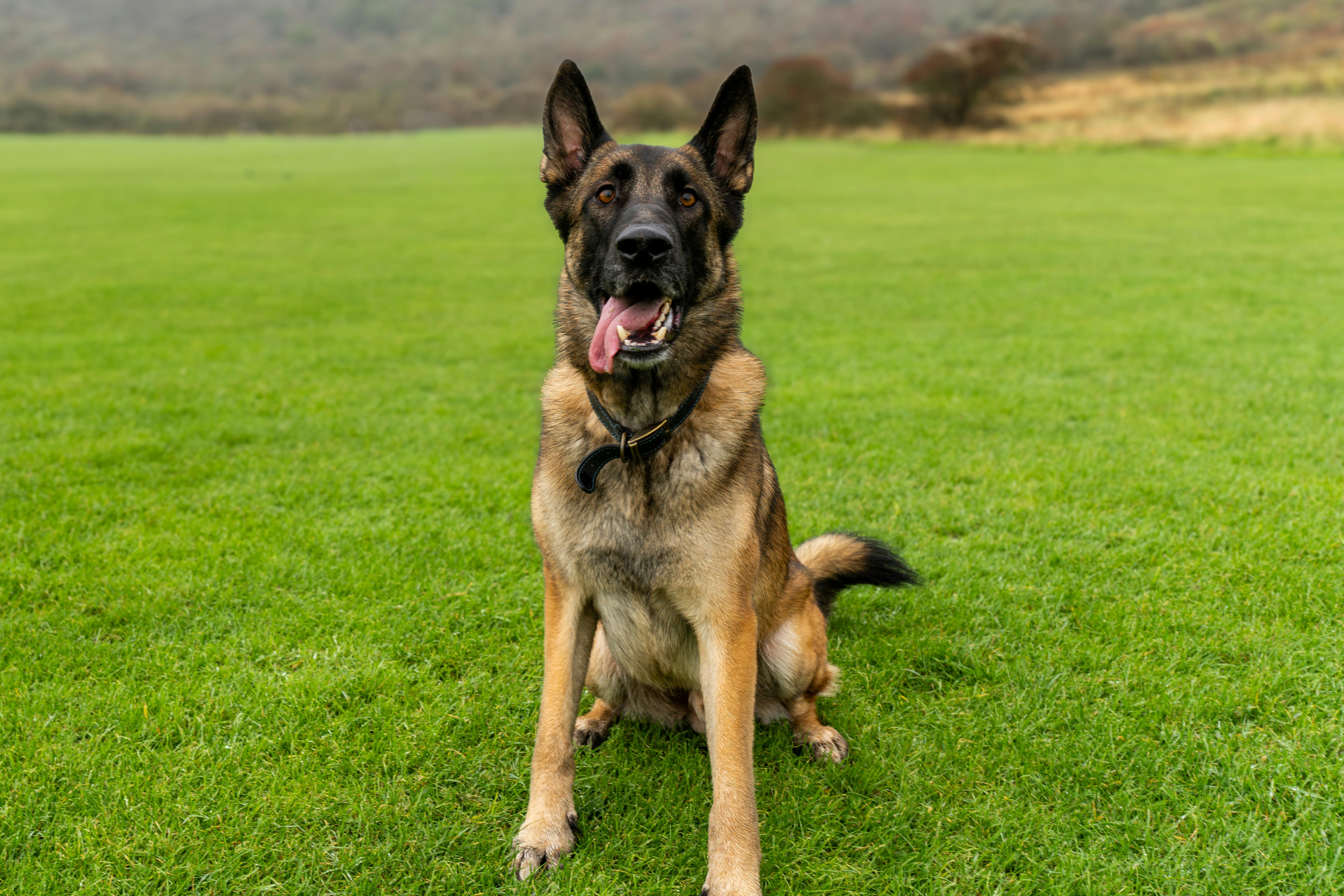
How Search and Rescue Teams Use Working Dogs to Save Lives

Search and Rescue Teams Use Working Dogs to Save Lives
Search and Rescue Teams
In the event of a natural disaster, such as a hurricane or an earthquake, who do you think is one of the first groups to respond? You may be shocked to hear that It isn't the police, nor is it the military.
It's actually a group of highly trained volunteers who work with special working dogs to find people who are buried alive in the rubble. These volunteers are part of a search and rescue team (SAR), and their dogs are specifically trained to use their keen sense of smell to locate survivors.
From the early days of the United States, search and rescue dogs have been used in a variety of ways. During the Gold Rush of the 1850s, for example, SAR dogs were used to track down missing prospectors. And during World War II, these dogs were enlisted to help find soldiers who had been wounded or killed in battle.
But it wasn't until the terrorist attacks of September 11th, 2001, that the use of SAR dogs really came into the public eye. In the aftermath of the attacks, SAR teams and their dogs worked tirelessly to find survivors in the rubble of the World Trade Center.

Since then, SAR dogs have become an essential part of disaster relief efforts all over the world. They have been used in the wake of Hurricane Katrina, the Japan earthquake and tsunami, and countless other disasters.
These amazing dogs have saved countless lives, and they continue to do so every single day. But how exactly do these astonishing dogs do it? And what exactly defines a working dog anyway?
Read on as we answer all of the above questions and more.
What Is a Working Dog?
A working dog is any type of dog that is bred and trained to perform a specific task or job. Historically, working dogs were used for tasks like herding sheep, hunting, and guarding property. However, over time, their roles have expanded to include a variety of other jobs, such as assistance for people with disabilities, law enforcement, and, of course, search and rescue.
Generally speaking, working dogs are characterized by their high intelligence, obedience, and physical strength. They must be able to follow commands quickly and accurately, even in high-pressure situations. And, because they often work in difficult and dangerous environments, they must be physically fit enough to handle the demands of the job.

Air-Scenting Dogs
Air-scenting dogs are the most common type of SAR dog. As their name suggests, these dogs use their sense of smell to locate people who are buried alive in rubble or other debris. To do this, air-scenting dogs rely on something called olfactory memory. This refers to a dog's ability to remember and identify particular odors.
So, how does it work? Well, let's say that a building has collapsed due to an earthquake. An air-scenting dog will be brought to the site and allowed to sniff around for a few minutes. During this time, the dog will take in a variety of smells, including the scent of the people who are buried in the rubble.
Once the dog has a good sense of the smells at the site, he will be taken away and given a break. This is important because it allows the dog to reset his olfactory memory. After a short break, the dog will be returned to the site and allowed to sniff again. This time, however, he will be looking for a specific scent of the people in need of rescue.
If the dog smells this particular scent, he will alert his handler by barking. If the handler is far away, the dog will return and guide the way. Once the dog has given an alert, it is up to the SAR team to dig through the rubble and find the person who is buried alive.
How are SAR Dogs Trained?

Just like any other working dog, SAR dogs must undergo a rigorous training program before being deployed in the field. This usually takes place over the course of several months to a year.
The first step in training a SAR dog is to get them used to the smells of different human beings. This is usually done by exposing them to various people, such as children, the elderly, and people from different cultures.
Once they are comfortable with this, they can then begin training with a specific scent. This is usually done by using a piece of clothing that belongs to the person they are looking for.
The dog will then be exposed to different scents in a controlled environment, such as a search area. They will be taught to ignore all other smells and focus only on the scent they are looking for.
After months of training, the dog will then be put to the test in a real-life situation. This could be anything from a mock disaster to an actual emergency. If the dog successfully finds a survivor, it will then be deployed as part of a SAR team.
How Exactly Do Working Dogs Find Survivors?

So, we know that working dogs are trained to use their sense of smell to find survivors. But how exactly do they do it?
Well, when a working dog is deployed in the field, they will usually work with a handler. The handler will be responsible for giving the dog specific commands and guiding them through the search area.
The dog will then start sniffing around the area, looking for any sign of a human being. When a dog smells something, they are actually taking in a tiny sample of that scent. This sample then travels to the olfactory bulb, which is located in the dog's brain.
The olfactory bulb is responsible for processing smells. First, it breaks down the sample and identifies the different molecules that make up the scent. From there, the message is sent to the dog's brain, which then determines what that scent is.
This process happens very quickly, in just a fraction of a second. And it's this ability to identify scents so quickly that makes working dogs so successful in finding survivors. Every second counts in a search and rescue operation, so the quicker the dog can find a scent, the better.
Modern Day Working Dog Training for Dog Handlers and K9 Teams
In today's modern world, technology is playing an increasingly important role in working dog training. DogBase is one such example of a performance-driven platform that is designed to systematically elevate working dog performance.
The DogBase platform is centered on three key pillars: frictionless logging, tracking, and making AI-driven improvements. These pillars work together to provide dog handlers and K9 teams with the tools they need to get the most out of every training session.
DogBase enables handlers to log data from each training session, which is then used to generate performance-driven reports. The reports provide valuable insights that can be used to identify trends and set meaningful goals.
AI-driven improvements are another key feature of the DogBase platform. Using data from past training sessions, the DogBase AI engine is able to identify areas of improvement and make recommendations accordingly.
Ultimately, the goal of DogBase is to help handlers get the most out of every training session, so that working dogs can be as successful as possible in the field.
With the help of technology, SAR dogs are becoming more effective than ever before. We've seen it time and time again in the aftermath of disasters around the world. And we believe that this is only the beginning.
If you want to join a team of like-minded individuals who are passionate about making a difference, then we invite you to sign up to DogBase today. Be a part of our beta launch and become one of the first to experience the power of the DogBase platform.
Together, we can power the next generation of working dogs and make the world a safer place.
Unleash the Potential of Your Working Dog with DogBase.
Our innovative platform streamlines training, simplifies data tracking, and leverages AI to optimize performance for all working dog teams.
What our customers says about us
Support & Share
Get Started with DogBase























